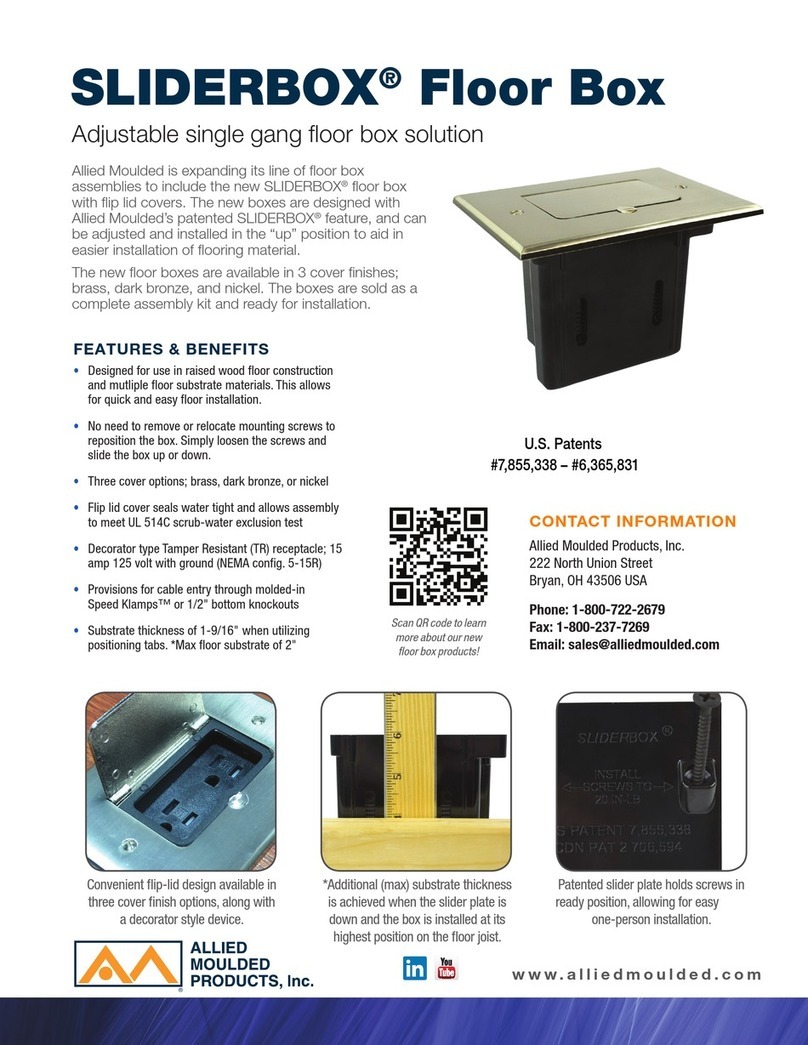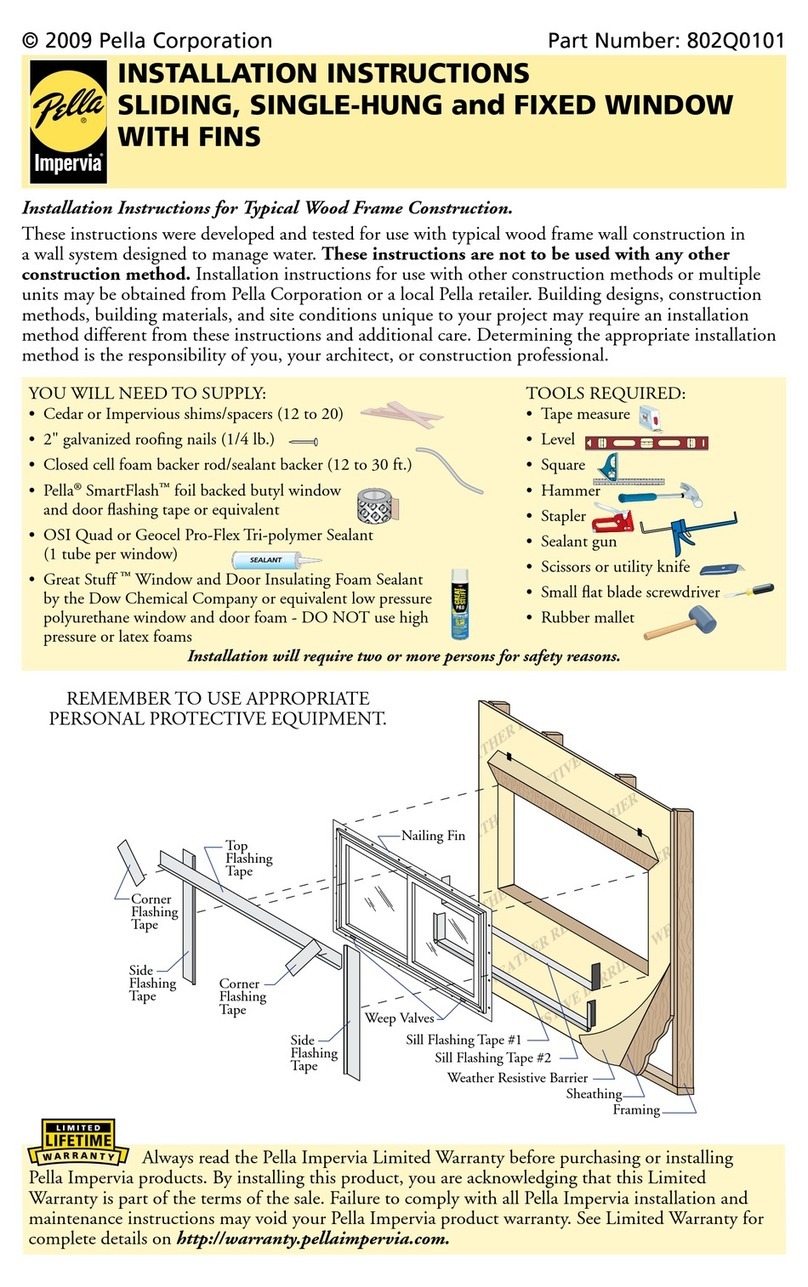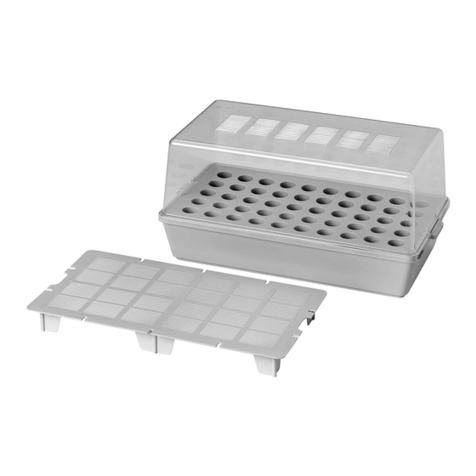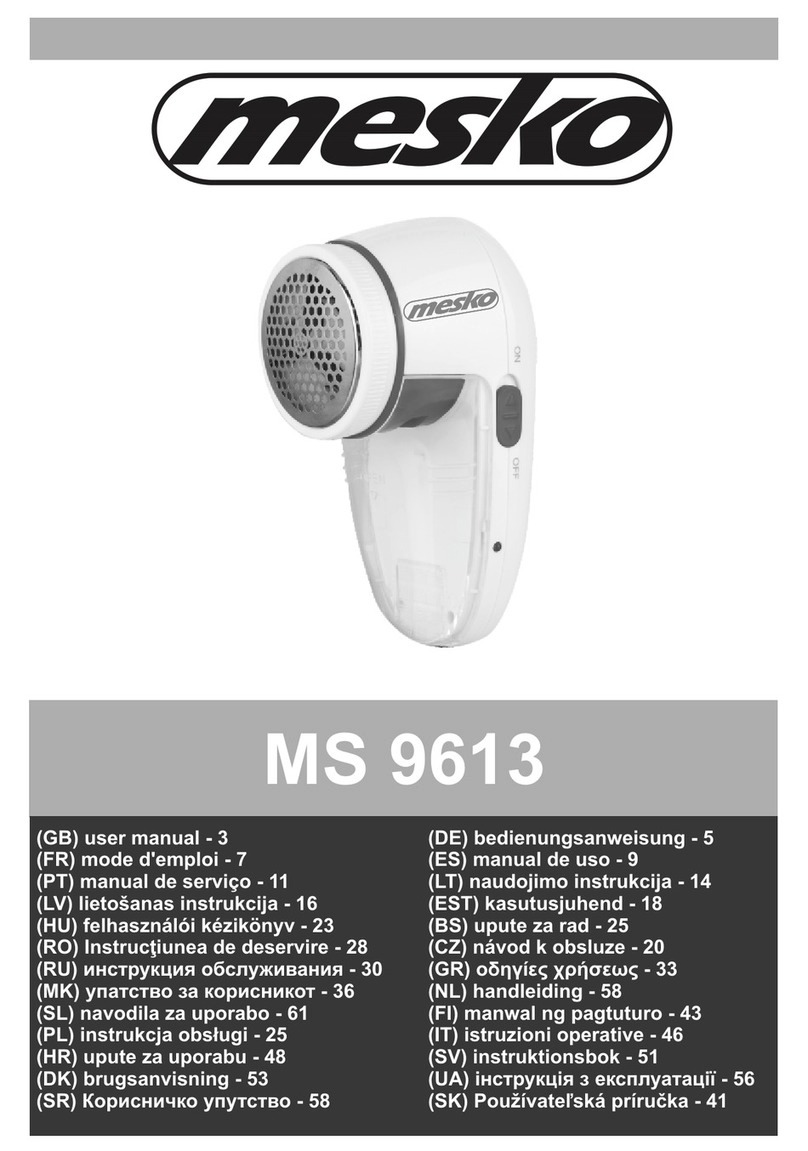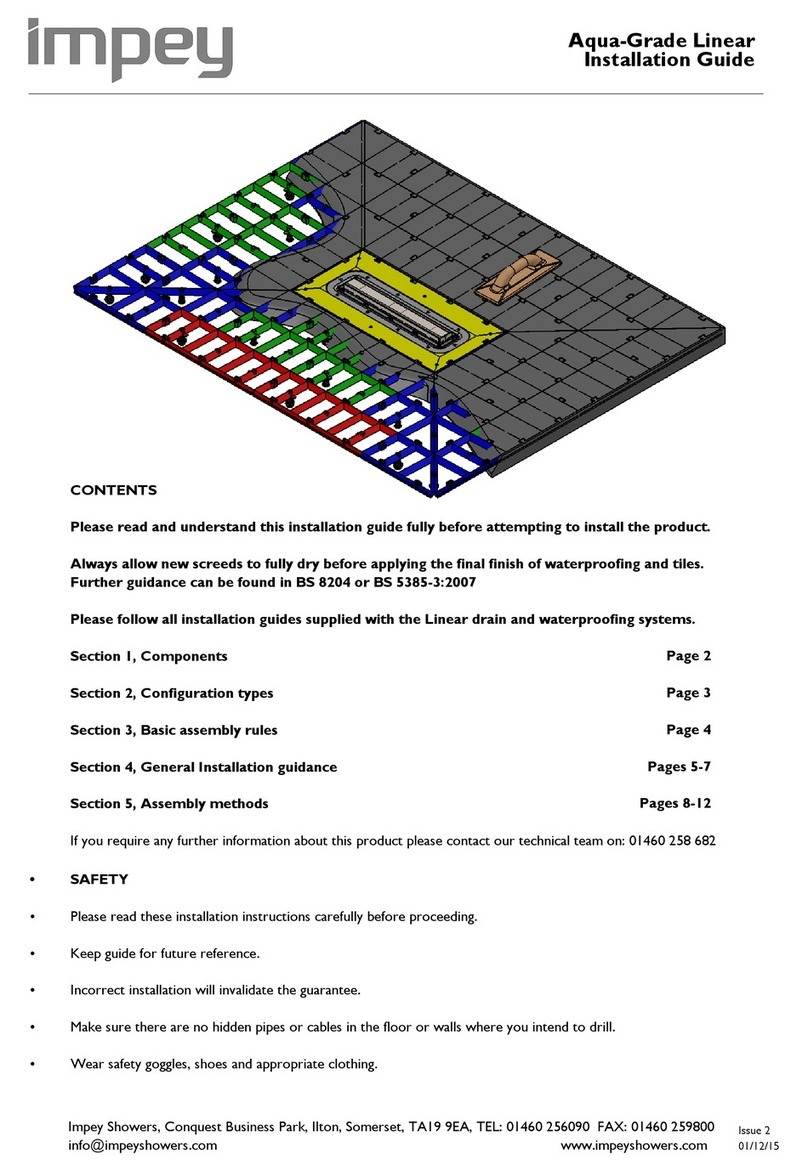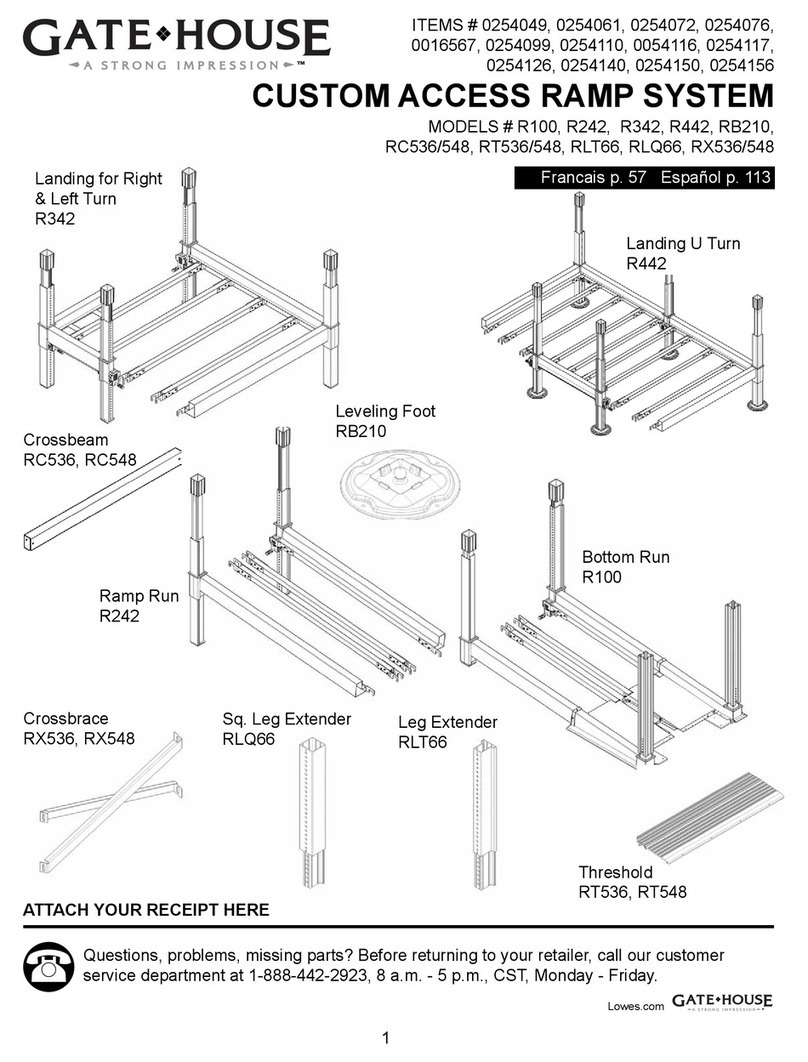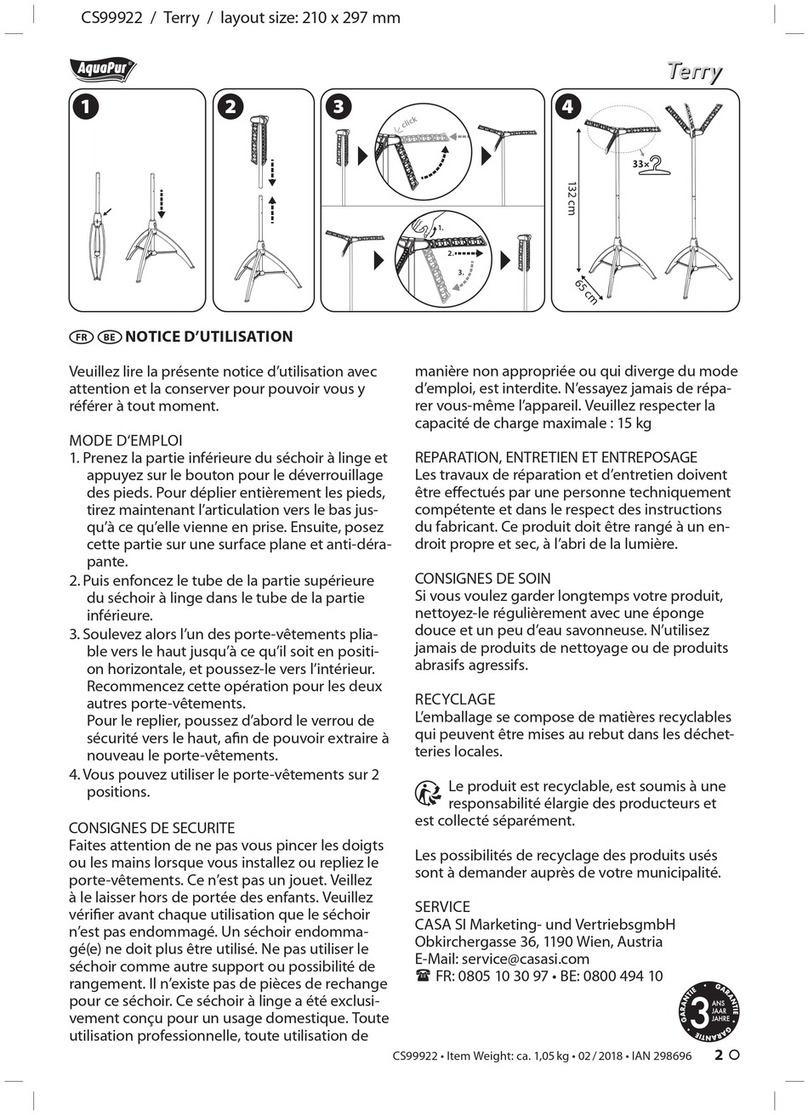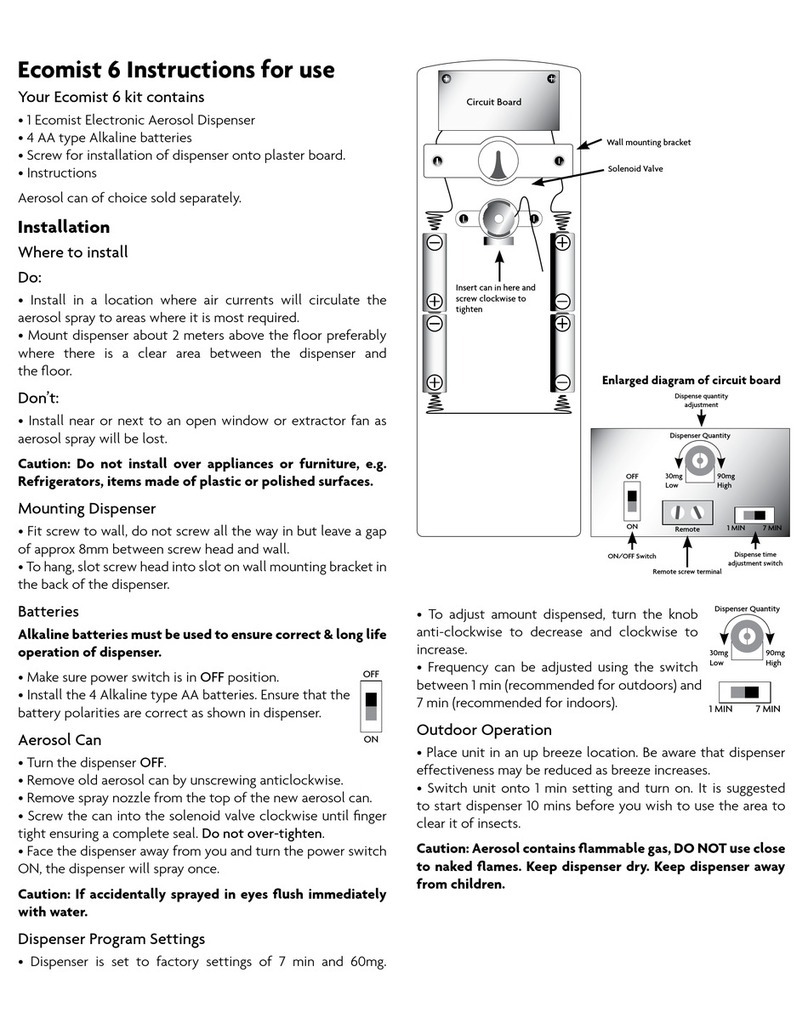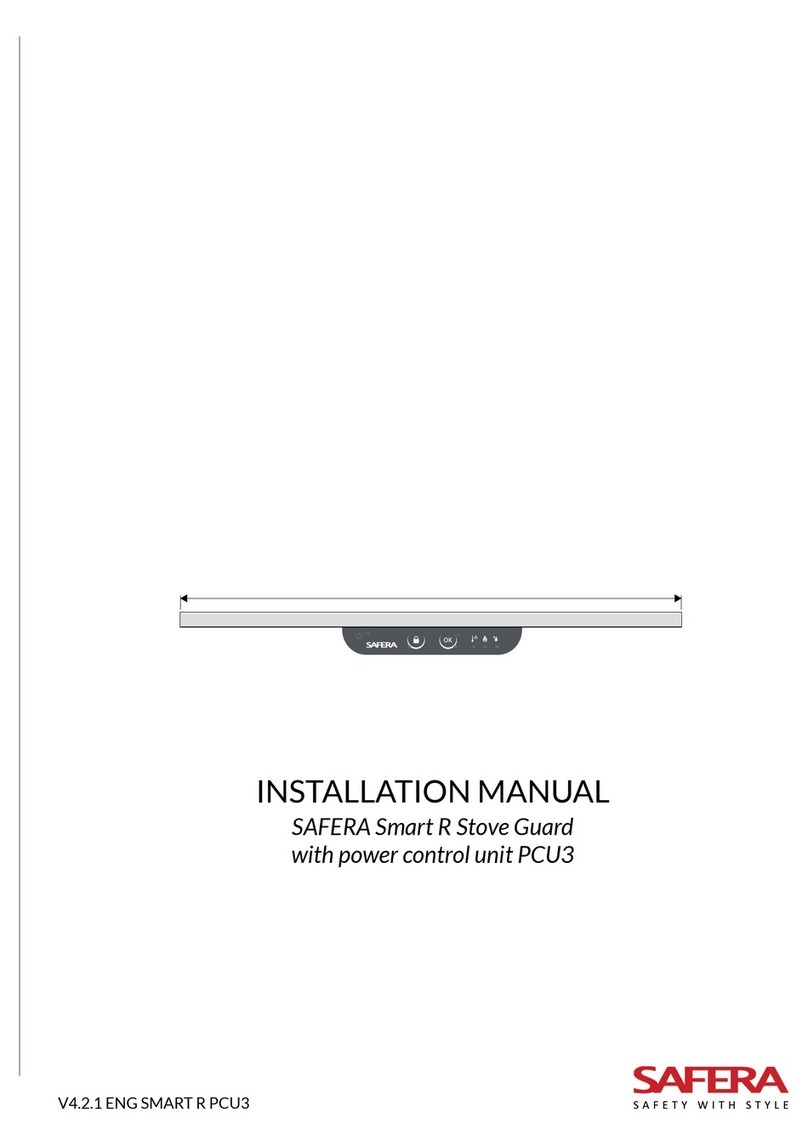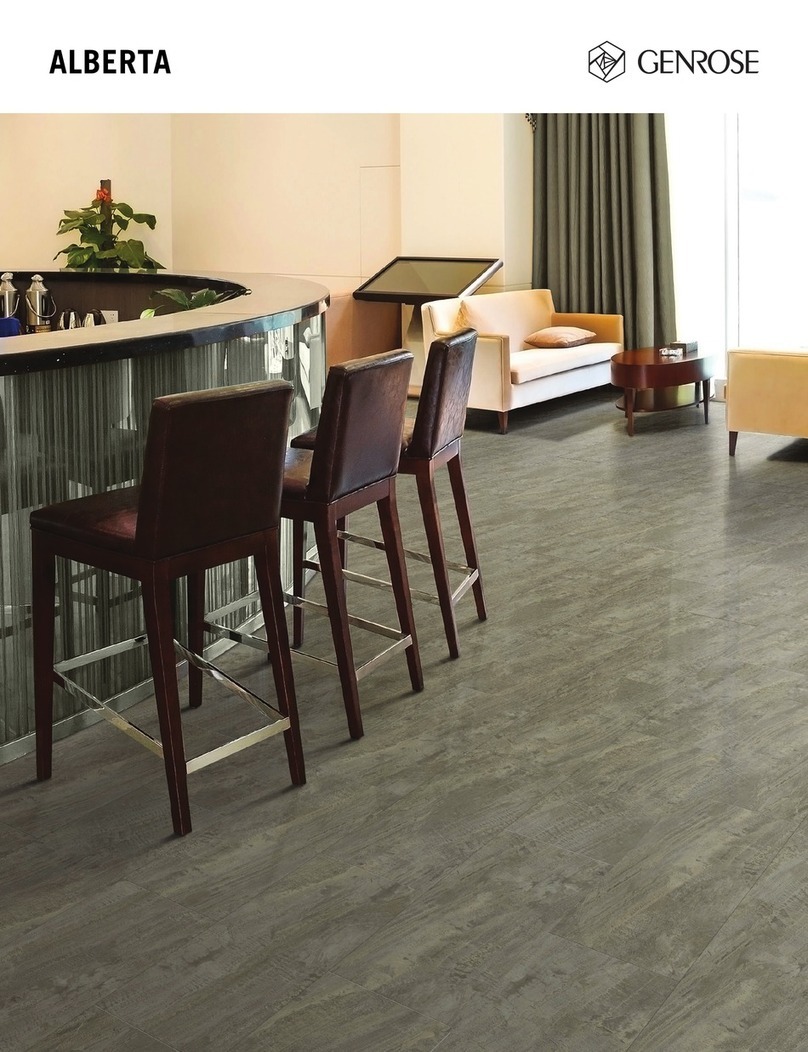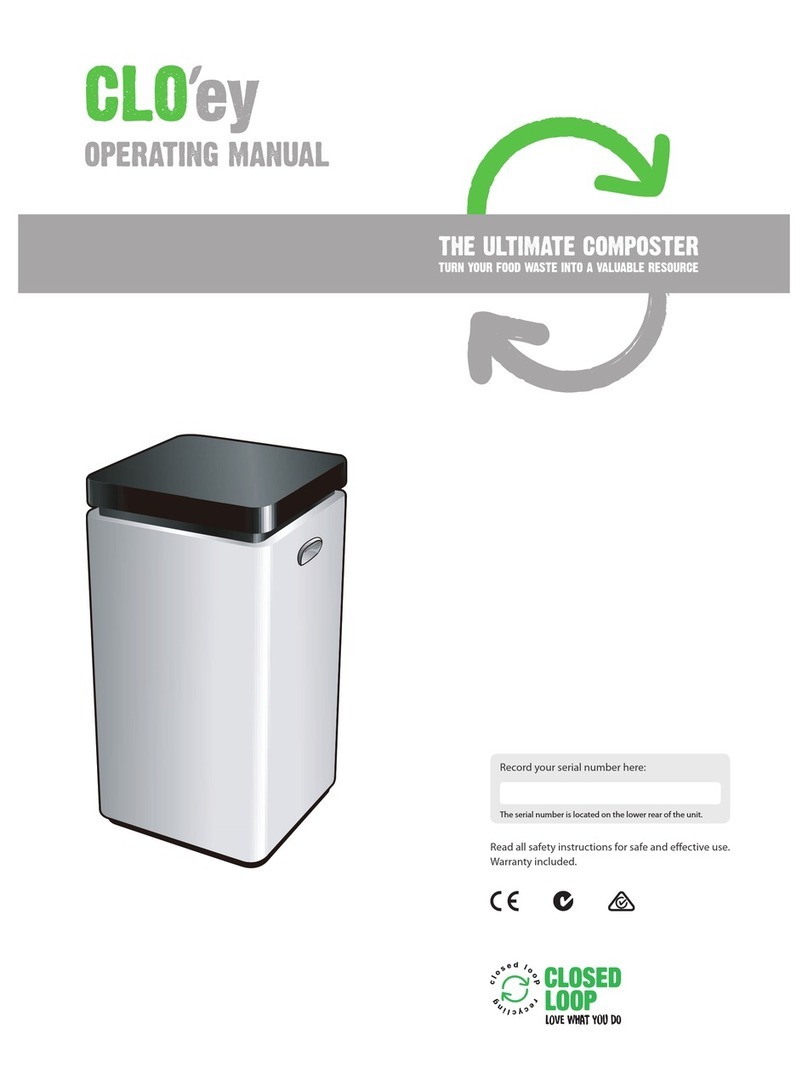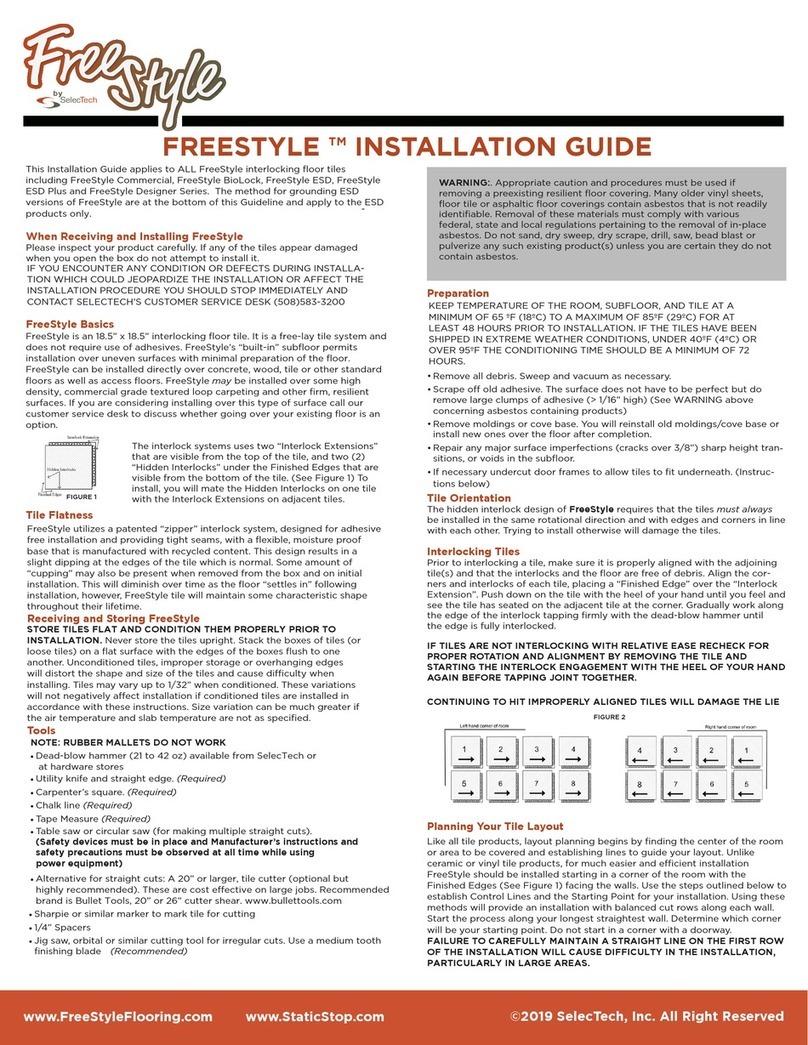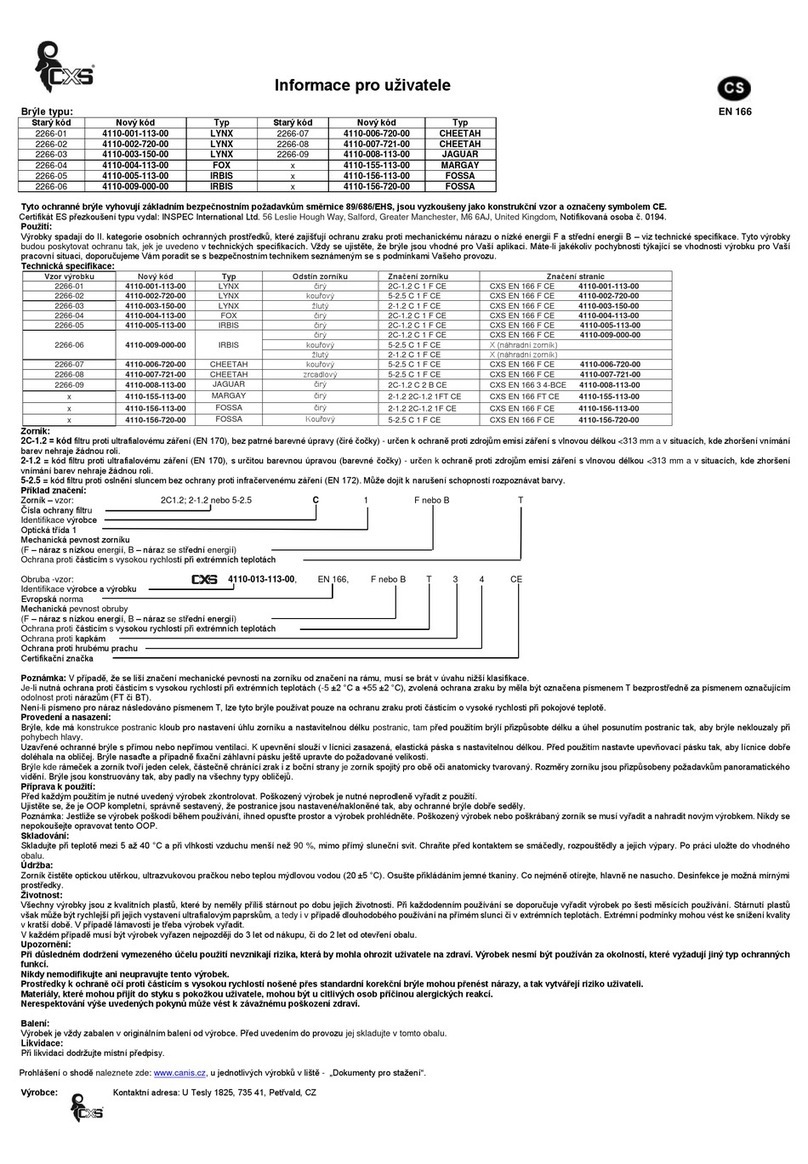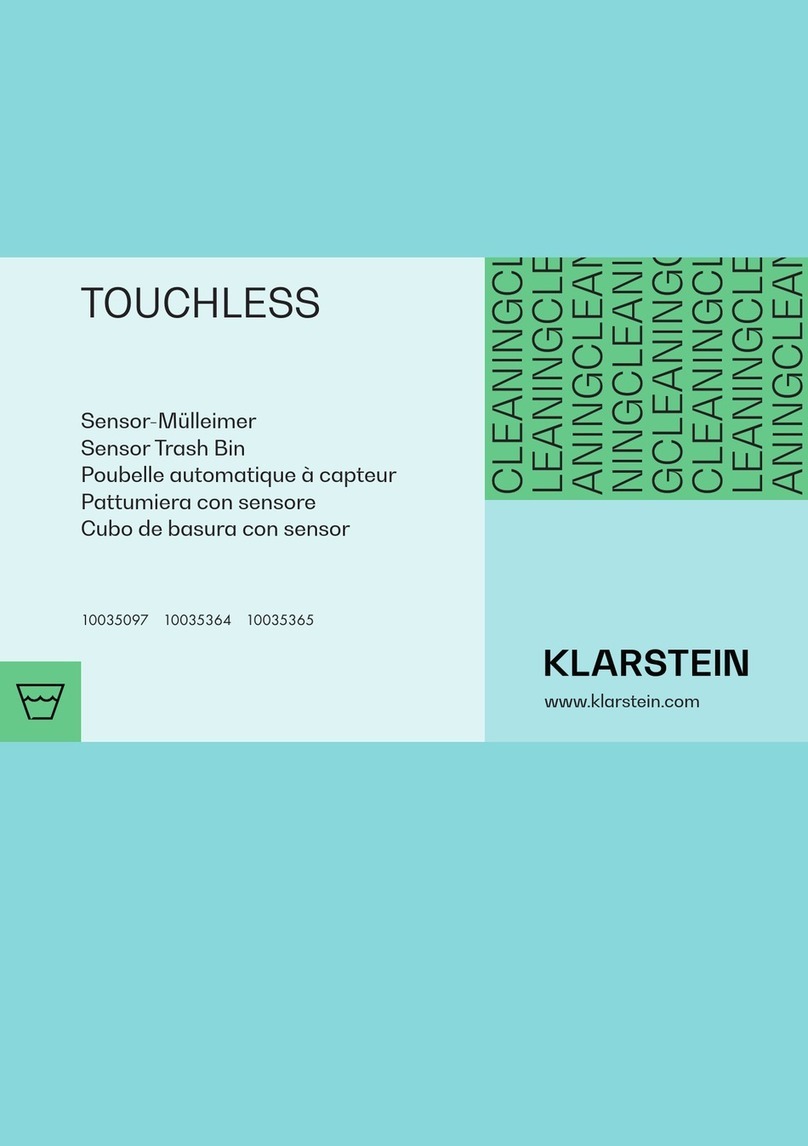Graham Architectural Products Series 2400 Planning guide

1551 Mt. Rose Avenue
York, PA 17403-2909
HOMEOWNER’S WINDOW
MAINTENANCE & OPERATION
MANUAL
FOR:
ACOUSTICAL ALUMINUM WINDOWS
Copyright © 2004

Graham Architectural Products
Homeowner’s Manual
Acoustical Aluminum Windows
1
TABLE OF CONTENTS
Cleaning Aluminum, Glass, and Screens 1-2
Vent and Sash Operation 2-3
WaterDrainage 4
Condensation and Humidity 4-5
Series 2400 Double-Hung Window 6-8
Series 0400 Horizontal Sliding Window 9-11
Series 6500 Casement/Projected Window 12-15
Series 1100 Fixed Window 16-17
Series 0800 Sliding glass door 18-21
Appendix1 22-23
Appendix2 24

Graham Architectural Products
Homeowner’s Manual
Acoustical Aluminum Windows
2
Congratulations . . . and thank you for your selection of Graham Architectural Products windows,
which have become an integral part of your new home or replacement window project. All our
products are manufactured to the highest possible standards. All Graham windows and patio doors
are engineered and randomly selected for testing by certified third party laboratories to assure that
our products perform as designed day in and day out. Like any highly-engineered product,
periodic maintenance is required to assure a lifetime of low maintenance performance.
There are several elements the homeowner should pay attention to when cleaning and maintaining their
Graham window or door. These elements are:
•The cleanliness of the aluminum, glass, and screen
•The operability of vents and sashes
•Effectiveness of the water drainage system
•Understanding of condensation and humidity
Cleanliness of the Aluminum, Glass, and Screen
In order to extend the life of your window, it is very important to keep it clean. Many kinds of debris and
dirt build-up can harm your window and decrease its durability. The aluminum should be cleaned on a
regular basis to prevent a build-up, which could be difficult to remove later. Although this sounds like a
difficult task, it really is quite easy to clean the aluminum surface with little effort. In most cases, a heavy
rain is sufficient to clean the exterior side of the window.
Normal Maintenance for Aluminum Painted Surfaces
The painted surface provided will not normally show an appreciable amount of dirt collection. Very often,
rainfall may be sufficient to keep the exterior surface clean. In most geographic locations dirt or soil will
not have a detrimental effect on the coating, but cleaning may be desirable for appearance sake. Graham
recommends following AAMA publication No. 610.1-1979 “Voluntary Guide Specification for Cleaning
and Maintenance of Painted Aluminum Extrusions and Curtain Wall Panels” for maintaining the
aluminum finish. A copy of that document can be found in Appendix 1 of this manual.
Normal Maintenance for Glass
Clean the glass using standard glass cleaner such as Windex®. Do not use abrasive cleaners, as it will
scratch the glass. Decals and dried debris can be removed with a new single edged razor blade, wetting
the glass first with glass cleaner.
Normal Maintenance of the Screen
To clean the screens, simply hose them off with water. For built-up dirt, you can use a mild soap and
sponge, then rinse thoroughly. Do not use abrasive cleaners. Damaged screen mesh can be replaced by the
owner or by most local hardware shops. Do not use aerosol cleaning agents on screens, as certain
propellants in the cleaners can cause damage to the molded corner parts.

Graham Architectural Products
Homeowner’s Manual
Acoustical Aluminum Windows
3
Vent and Sash Operation
General
The windows which have been installed into your home are referred to as “dual windows.” This means
that there are two sets of sash or vents (interior and exterior) separated by a wide air space. This wide air
space between the panes of glass results in better noise reduction. The interior sash/vent must be operated
or removed for cleaning the exterior sash/vent.
Hung Windows
Hung windows are windows with the operating sash moving in a vertical direction. These windows are
balanced using block and tackle devices; one on each side of the operating sash. To operate the sash,
make sure the locking device is in the unlocked position, grasp the pull handle, and slide the sash away
from the locking frame member (upward for the bottom sash and downward for the top sash). More
detail is given in the 2400 window section of this manual.
Horizontal Sliding Windows
Horizontal sliding windows are windows where the sash move in a horizontal direction. To operate the
sash, make sure the locking device is in the unlocked position, grasp the pull handle, and slide the sash
away from the locking frame member. Ensure that there is no debris in sill tracks, as this will impede
smooth operation. More detail is given in the 0400 window section of this manual.
Casement/Projected Windows
Casement window:
A window unit in which the vent cranks outward, to the right or left.
Projected window:
Window unit that the vent swings either inward or outward, from the top or the bottom.
All moving hinge and locking hardware should be kept clean and lubricated at least annually with a
greaseless type lubricant. More detail is given in the 6500 window section of this manual.
Fixed Windows
Fixed windows are those windows that have non-operating sash or fixed glazing. More detail is given in
the 1100 window section of this manual.
Sliding Glass Doors
Sliding glass doors are doors comprised of one or more operating panels that move in a horizontal
direction. To operate the panel, make sure the locking device is in the unlocked position, grasp the pull
handle, and slide the panel away from the locking frame member. More detail is given in the 0800 door
section of this manual.

Graham Architectural Products
Homeowner’s Manual
Acoustical Aluminum Windows
4
Water Drainage System
Your Graham windows incorporate a low-point, high-pressure weep system. This system uses small holes
in the window sill, which will route water to the exterior face of the window or door through very small
openings (weep holes). It is customary for water to accumulate in the sill area when raining. There is no
cause for alarm, as this water will weep to the exterior. At times, the small passages get plugged with
excess dirt and debris. This is evidenced by water standing in the sill long after the rain has stopped or
overflowing the sill during a rain period. In most cases, a piece of wire or a pipe cleaner inserted into the
weep holes will clear the debris (Photo 1). In severe cases, the snap-in sill track may be removed to
expose possible clogged openings in the sill frame. Highly-effective weep systems have been engineered
into all Graham window products to allow for water drainage. Please keep weep holes clean and clear so
that water drains to the outside, as designed. To ensure proper operation, keep the sill of your windows
free of dust, and periodically clean your weep holes with a small soft bottle brush or pipe cleaner.
Understanding Condensation & Humidity
Condensation on exterior surfaces of windows and doors occurs because of the improved U-values of the
windows produced today. On clear nights with still, humid air, condensation occurs when moisture-laden
air comes in contact with a glass surface that is below the dew point temperature. “Dew point” is the
temperature at which the air will no longer hold its moisture vapor. Cold air holds less moisture than
warm air. In high-performance windows with low-E glass and argon gas-filled, the outside glass surface
will actually be colder than a similar “regular” window without these features. This is because the high-
performance window is doing its job— reducing heat flow to the outside and preventing the warming of
the exterior surface above dew point. This is not a window defect. Like dew forming on grass and car
hoods, it is a natural phenomenon. Condensation on interior surfaces of windows and doors occurs
because of a combination of high humidity and insufficient air exchange inside the home. In many
windows built using older technologies, there were gaps in the windows where a significant draft could be
felt and where air would flow. This exchange of air, in many cases, was sufficient enough to prevent
condensation from forming. The high-performance windows of today are designed to be as air tight as
possible to reduce heat loss. By doing this, it reduces air flow, and in humid conditions, will allow for
condensation to form on windows. Again, this is not a window defect.
Photo 1
Keep Weep Holes Clear of Debris
This manual suits for next models
4
Table of contents
